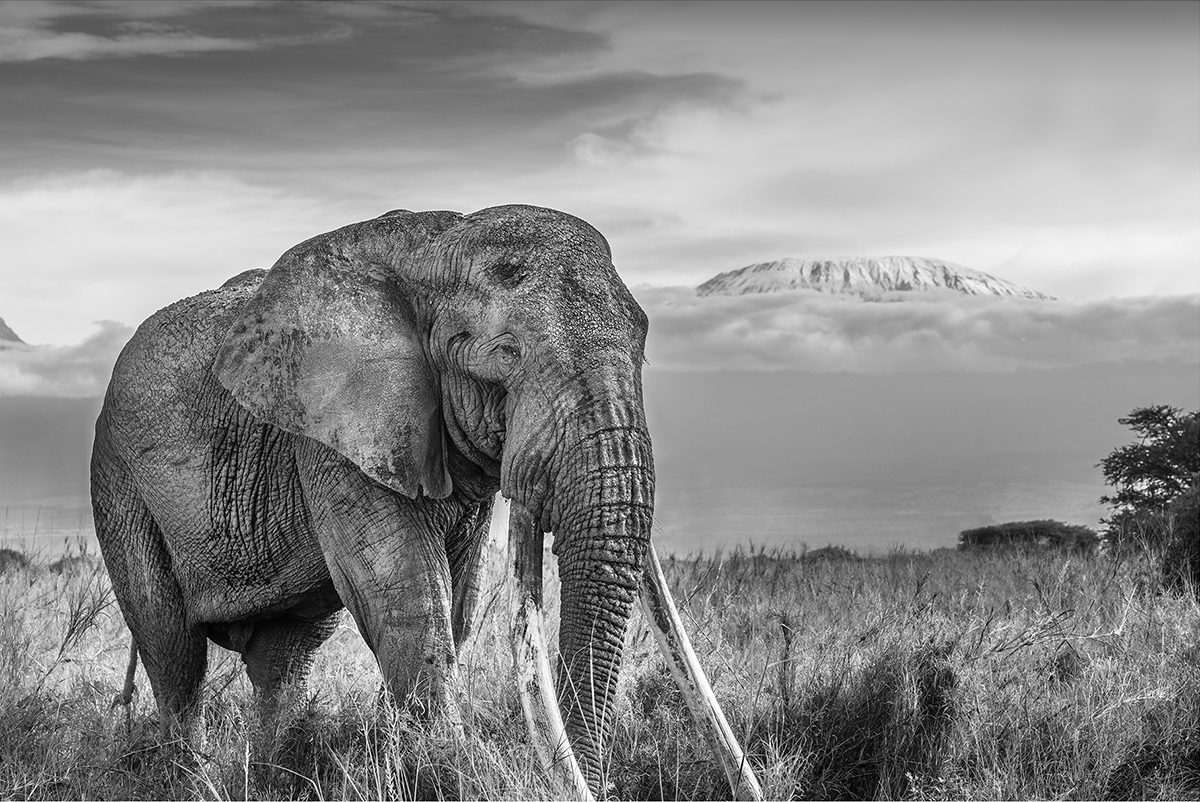
‘Tolstoy’. Courtesy of Michel Ghatan
Michel Ghatan works with the most difficult type of models. Animals. Here he speaks to LUX’s Chief Contributing Editor, Maryam Eisler, about the importance of trust in wildlife photography and his most memorable moments on the job.
LUX: When did your passion for the animal kingdom and for photography come together?
Michel Ghatan: I think they grew at the same time. I was always fascinated by animals when I was growing up. I was fascinated by everything that is extinct. As a child, I was very curious. I had an encyclopedia and I used to read about these extinct species. My father who was an engineer based in Geneva would take my siblings and I on Sunday afternoons to the park or the tennis club, always camera in hand. Now that he is no longer with us, I realise what a great catalogue of pictures I have of our history and our youth. I even found films from the 60’s when he went with my mother to Jerusalem after the Six Day War and Jerusalem was completely empty! The majority of his images were terrible, out of focus, with bad compositions – but the memories remain. I now have all his cameras at home with me.
LUX: How important is technicality in your work, given the precision that is required when dealing with animals, especially when you cannot get close to them?
MG: I used to think that the quality of the gear was extremely important. When I started, I had the fastest Canon, the best and very big lenses, and then I realised I’m working the wrong way. That for what I do, I don’t need to have the most sophisticated gear, and that what serves my purpose is really the communication between me and the animal, not to mention the time I devote to it. I also hire the best guide. It’s now eight years that we work together. He not only understands the behaviour of animals but he is also very good at understanding photographers. He knows what I’m looking for and he always makes sure that everything remains safe.
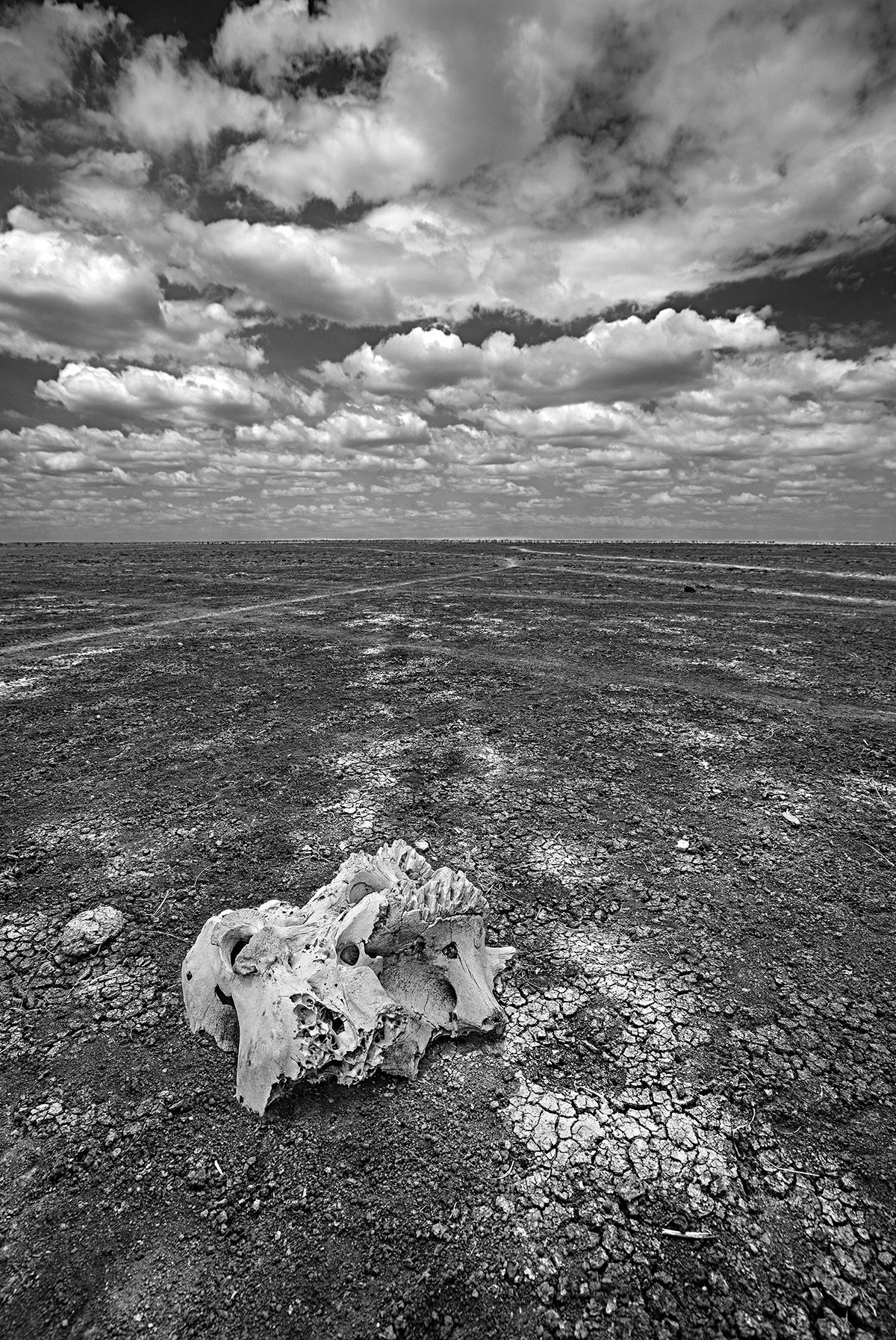
‘Skull On The Dry Lake’. Courtesy of Michel Ghatan
LUX: Agility, mobility and keeping the equipment light are probably important parameters in your work, especially in that kind of lush and sometimes harsh nature.
MG: Exactly. The weight of gear is an issue. I also discovered that with gorillas and elephants, both of whom are dominant animals, if they don’t wish to be photographed, you simply will not be able to, even with lightest gear. They are extremely clever. They feel you. They challenge you and they see if you’re patient or not.
LUX: Talk to me about the thrill of the moment when you click and you know you have the shot?
MG: It’s incredible. There is a lot of intimate dating between the moment you arrive and the moment you take the shot. Nothing is staged. You’re dealing with wild animals, so everything is on their terms, not mine.
Follow LUX on Instagram: luxthemagazine
LUX: What is the process of building the relationship between you and the animal?
MG: It’s a process where you try to measure each other out. Then you have to build a trust and a connection and try to move smoothly whilst keeping your distance, especially with elephants. When an elephant starts moving, they cannot stop. Everything is in slow motion and you have a lot of kilos moving towards you; you need to anticipate that. Measuring the distance between you and the animal whilst predicting his behaviour as well as what he is allowing you to do is a big part of what I do.
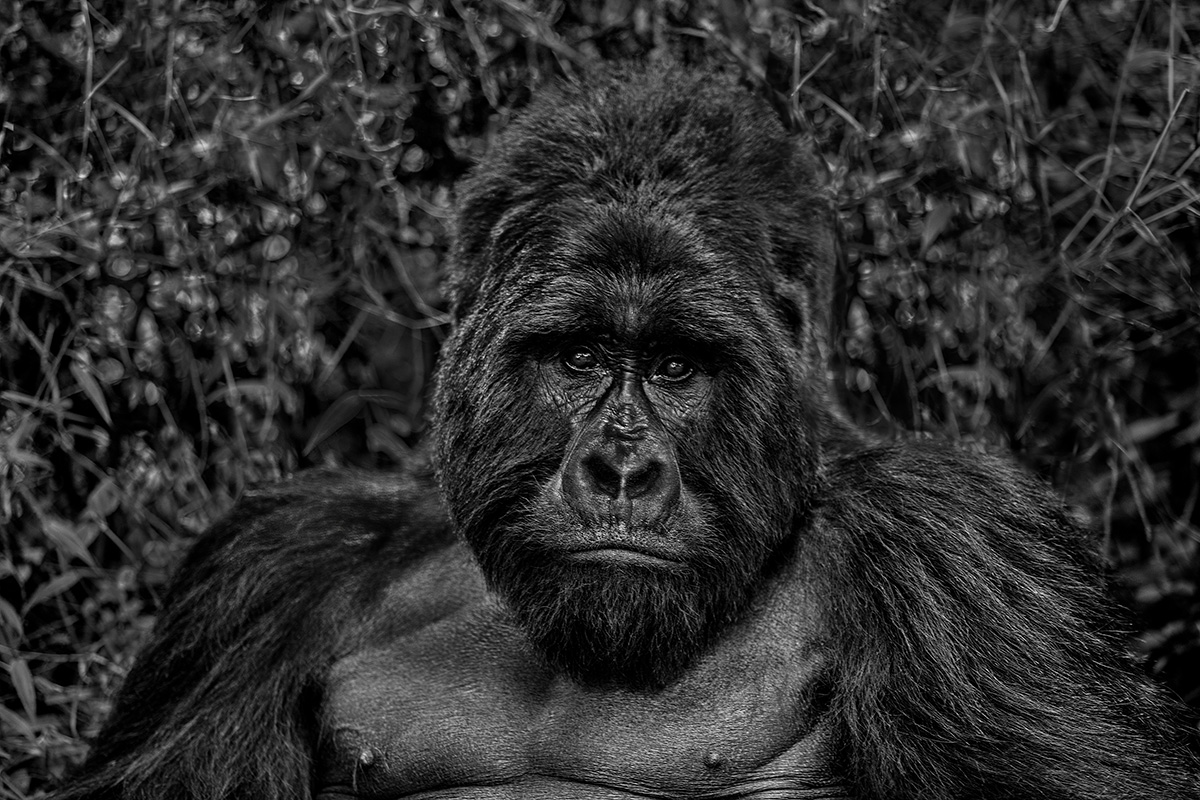
‘Lord Vader’. Courtesy of Michel Ghatan
LUX: What is your most memorable moment between you and an animal?
MG: I can close my eyes and still feel that moment as if it happened 10 minutes ago, the thrill … It was back in 2020 when I started taking trips to Kenya during Covid. It was a time when nobody would be around. So, I got a filming permit from the authorities where I could even sleep in my jeep if I wanted to and go off road if need be. The whole purpose was to take a picture of a single elephant, Tim; he sadly died a few days after I left. He was the biggest known elephant in Africa, with incredible tusks. My wish was to be right in front of him. I wanted him to stop and pose for me. I wanted to reach a point where he would say “okay take it, here I am”. And this is exactly what happened. It took me five days, and twelve hours a day for me to find him. And when I did, it was raining!
LUX: How did you find him?
MG: We work with Maasai rangers. The region is about 250 square kilometers in length, and it was not easy to find information as to his whereabout. For the first few days, it was really challenging. You have to understand this is a 51-year-old elephant who is extremely dominant and he knows that he has the biggest tusks. So he hides behind the bush for you not to see his tusks. Elephants know what you are interested in. It took about four or five days to build trust between me and the animal. And then one day, I got four or five meters from him. He knew exactly where I was. My guide was right next to me and he said “get on the ground”. It was very wet and I was on my knees for a good 15 minutes waiting for him. When he did come out, he came towards me in a straight line; next thing I know is he is standing smack in front of me! His eyes were gunning at me. He came forward and he stopped for a good 30 seconds, which is very rare for an animal of his size. Totally stable. If you look at the picture, you see that there is a perfect triangle, where his ears are open, his trunk is down and his tusks are also down (a sign of relaxation). I took two or three frames only, but it was really incredible because he made sure I clicked, then I clicked again and again, at which point, he decided to move on. All of this lasted 30 seconds and I didn’t need to have a look at my camera. I knew I had the shot.

‘Gentle Giant’. Courtesy of Michel Ghatan
LUX: Do you feel the animal allowed you into his inner space?
MG: Exactly that. It’s something you cannot delete from your memory and it’s something that is more powerful than the artistic consequence of my action. You reach a level where you have incredible connection, and yet, you know that you’re dealing with a wild animal, and a very dangerous one too.
LUX: What has been your most thrill- seeking moment when shooting an animal?
MG: I’m very lucky to say I never experienced a dangerous moment.
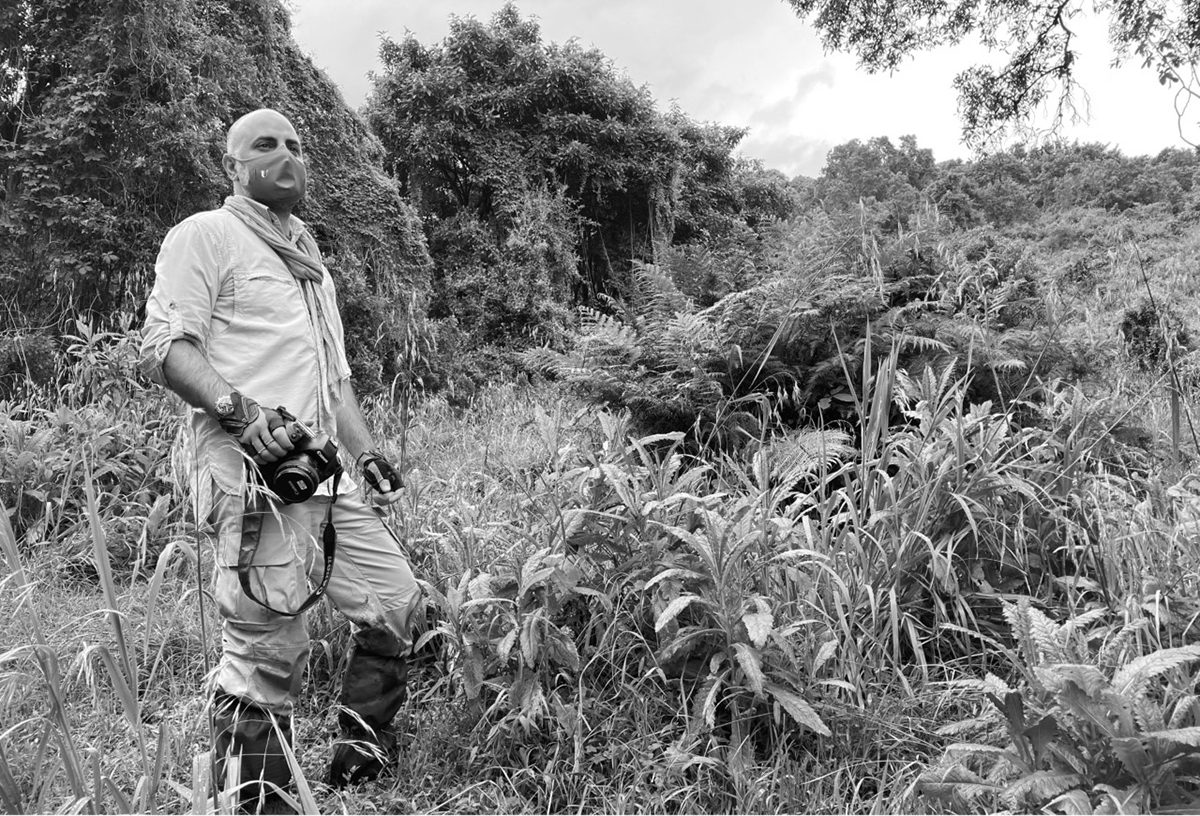
Michel Ghatan photographing wildlife in East Africa during the pandemic
LUX: Talk to me about a moment with a gorilla. They have such human qualities.
MG: With the gorillas I had my heart pounding but I never experienced a dangerous moment. It took me a while to get interested in gorillas. In the 90s, I remember the images of the civil war in Rwanda. They have remained ingrained in my brain. In this region of the Virunga mountains, you had ongoing conflict, so my interest was first and foremost geared towards genocide and war. Then one day, I said “well I need to see the mountain gorillas”, because they are the only ones that are close to us humans. With gorillas you’re looking 98.4% at yourself. We went to Mount Muhavura where there is only one gorilla family. This family is quite interesting because they have three large silver backs, and they are very dominant. It was really not what I expected as we had a very short foreplay. I would say that it’s a hit or miss for photographers… we share so much in terms of DNA that we have to be extremely careful about the amount of time we spend with them.
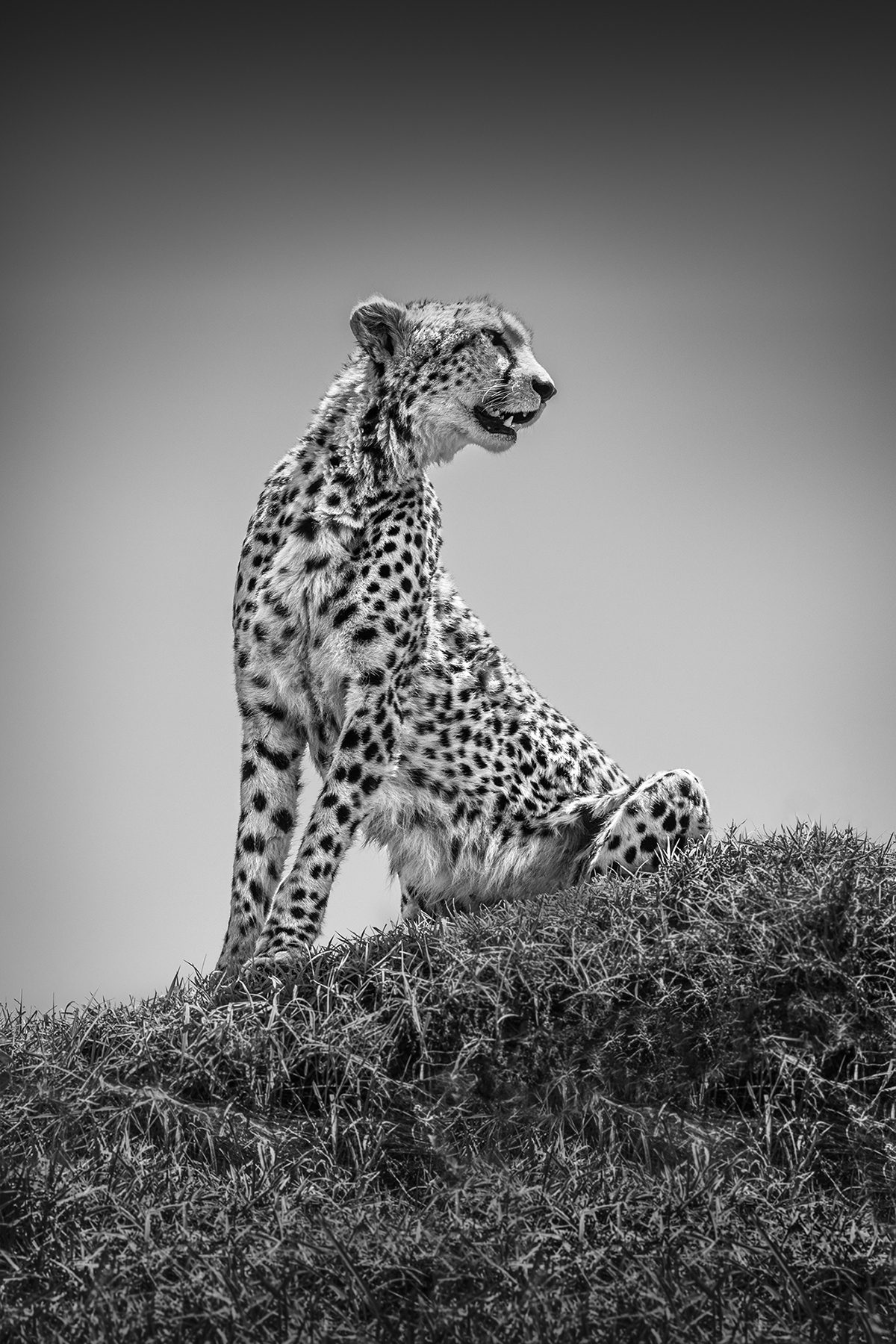
‘Cheetah Statue’. Courtesy of Michel Ghatan
LUX: How different are gorillas from elephants behaviourally?
MG: Elephants, usually are alone. With gorillas, there is an element of family unit and its ongoing dynamics. There are a lot of social elements involved with gorillas that you don’t find with other animals. And you have a problem of time. You can’t really spend over an hour with them.
LUX: Why is that?
MG: Gorillas are very sensitive to our illnesses so to protect them we are only allowed one hour . You need to be fast. You need to anticipate the animal’s behaviour, and the vegetation is very problematic, as is the light. The light you have in the Virunga mountains is twofold : either mist which blocks your vision, or you have clear blue sky, with the sun reflecting strong and making it difficult to take a clean shot. And then you are hoping they don’t act against you as well. It’s all very overwhelming.
Read more: Geoffrey Kent: Six safari destinations you need to know about
LUX: Talk to me about the most beautiful landscape you have seen in Africa. The one that has really touched you the most?
MG: If I had to pick one I’ll tell you it was in Kenya. It was also last year, during Covid. I went back to Amboseli. Next to Amboseli there is a conservancy called Kimana which is an extension of the Amboseli eco-system where they have a lot of elephants visiting; there’s a corridor between Kimana and Amboseli, which is a very good place to see elephants. The ‘wow’ moment I experienced was after a very long day. That day we couldn’t see the Kilimanjaro. It was hiding behind the clouds, but around 5:30pm, half an hour before sunset, we saw a family of elephants entering the bush because it was getting dark. The Kilimanjaro suddenly became visible and you still had light and I managed to capture the moment. It’s a picture called The Terrestrial Paradise. I looked at the scene and said “this is the most beautiful canvas I have ever seen!” A family of elephants in slow motion ….two groups of clouds, one low, one high, and the Kilimanjaro in the middle, full of snow, with dusk light shining on it all.
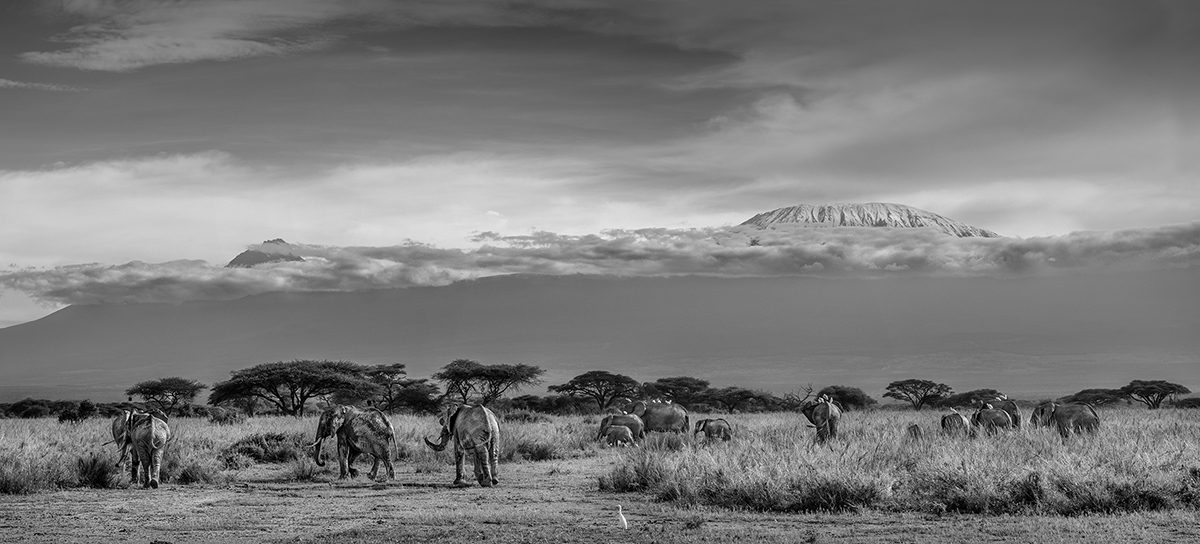
The Terrestrial Paradise. Courtesy of Michel Ghatan
LUX: When you describe it to me like that, I see infinity, the absolute, heaven and earth coming together, almost divine. In moments like these, do you ever feel a greater power ruling the universe?
MG: 100%. There are plenty of moments when you feel it but in this particular magnificent moment, I remember thinking to myself, that somebody has created all of this, and that it’s not a myth. When I took the picture, I was intent on showing its grandness so I took three frames and stitched them together, for a full panoramic vista, with all its sublime power.
LUX: You have a show coming up in May at Alon Zakaim Fine Art in London. Is there a theme to it?
MG: The theme to the show is basically a series of trips that I took during Covid times to Uganda and Kenya. It’s called From Kilimanjaro to the Virunga Mountains.
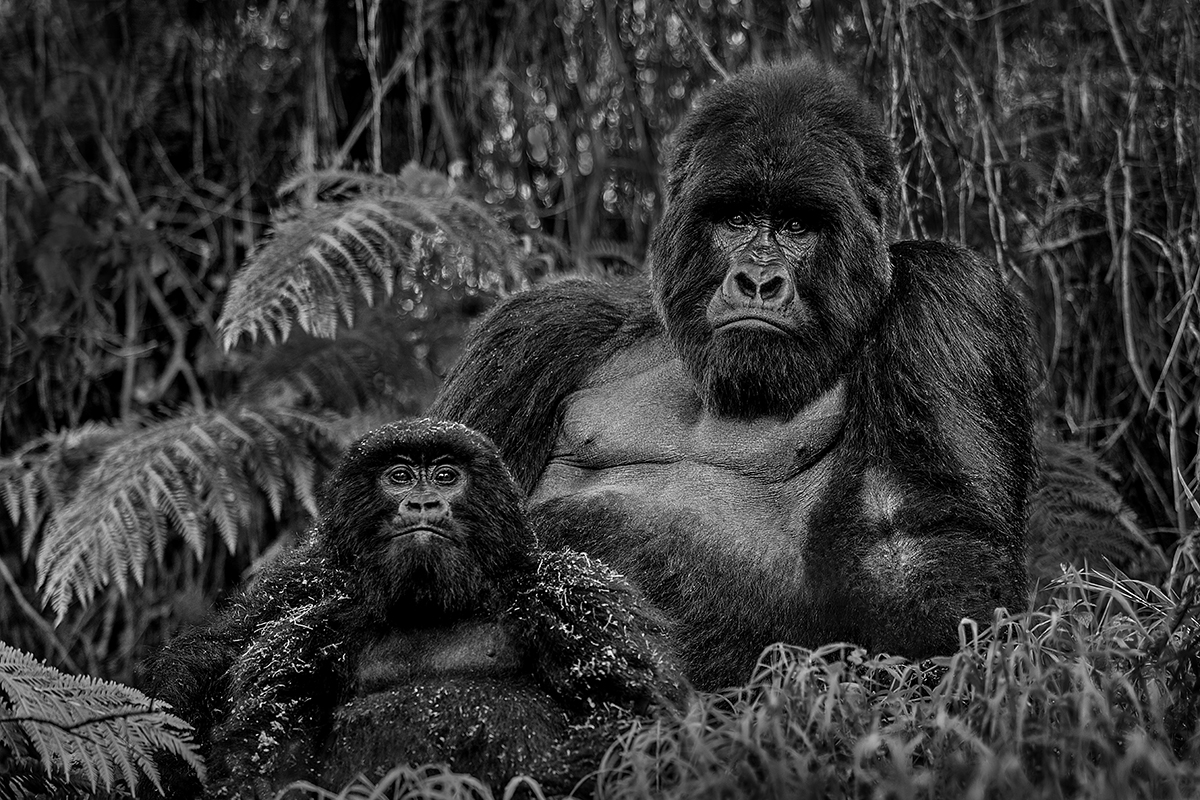
‘Father and Son’. Courtesy of Michel Ghatan
LUX: It seems like Covid presented you with a silver lining of some sort?
MG: Absolutely. It’s selfish to say but it was a paradise for photographers, especially if you were seeking remoteness and alone time without being disturbed with extreme closeness to nature.
LUX: When and what is your next adventure?
MG: I’m going back to Kenya in October and I’m going to focus on the dry lake of Amboseli. At the end of the dry season, the lake basically becomes a desert and there are elephant crossings which I always wanted to photograph. It’s also a completely different landscape from the bush.
Find out more: www.michelghatan.com @michel.ghatan

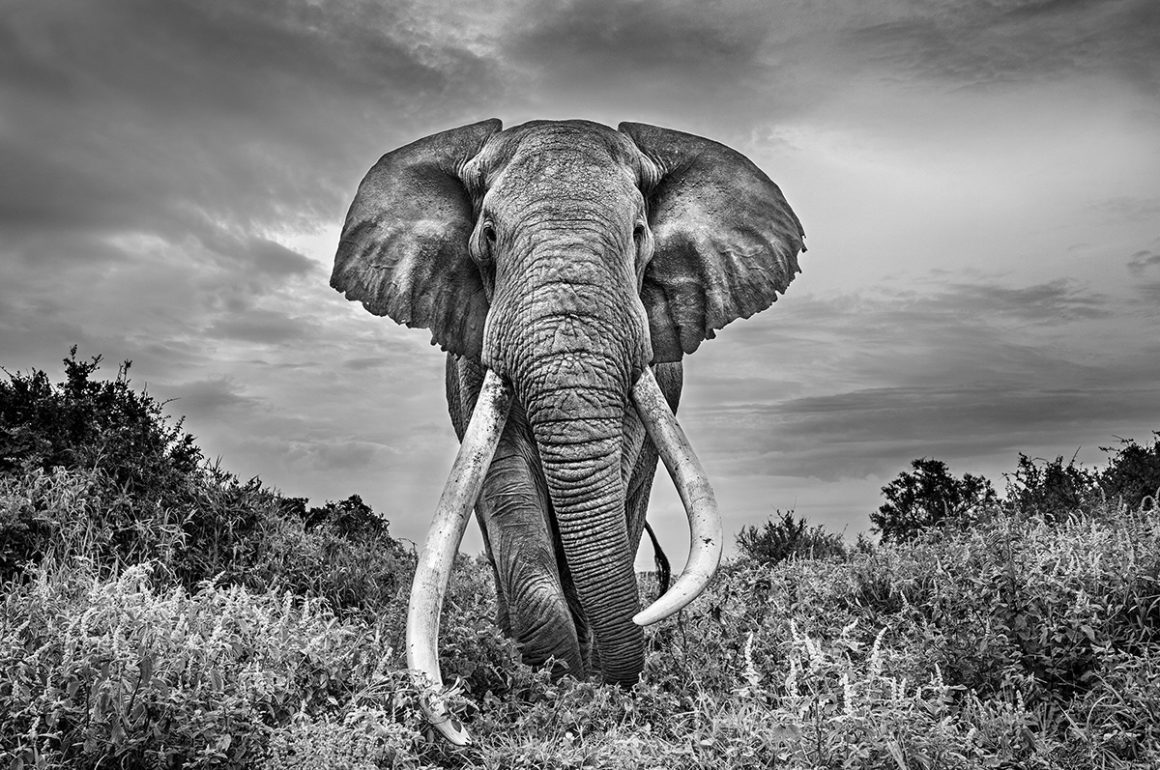
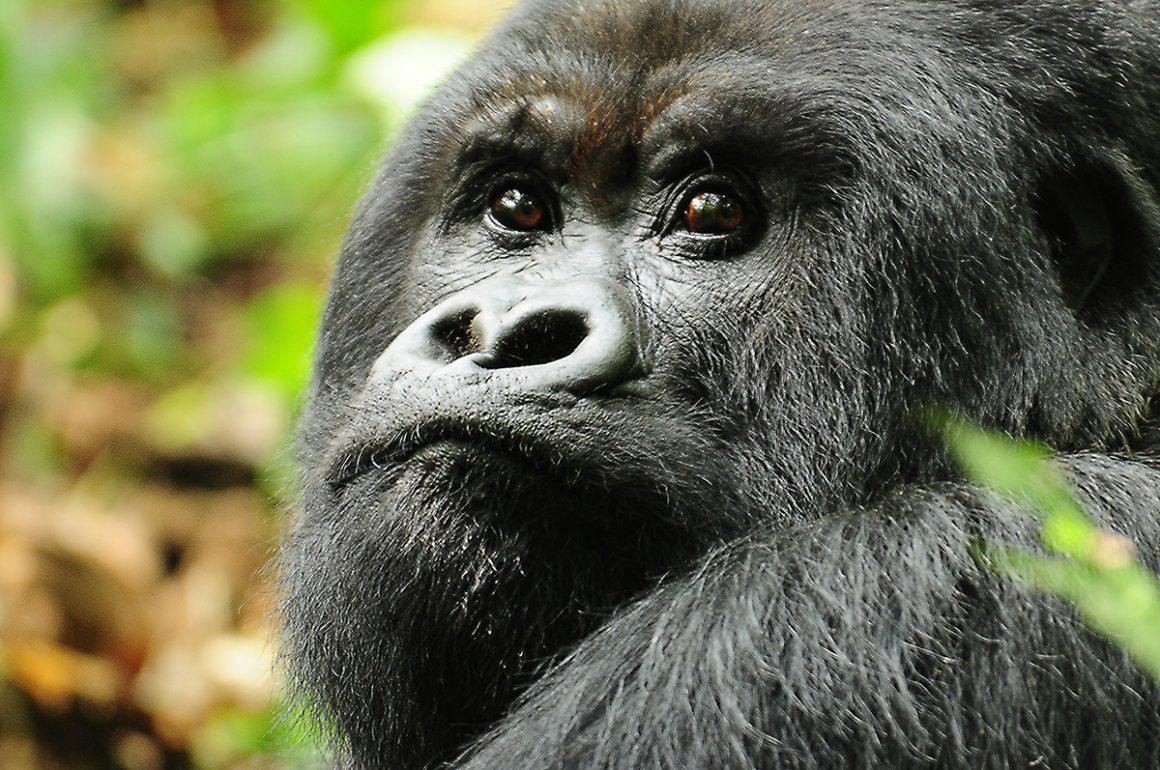
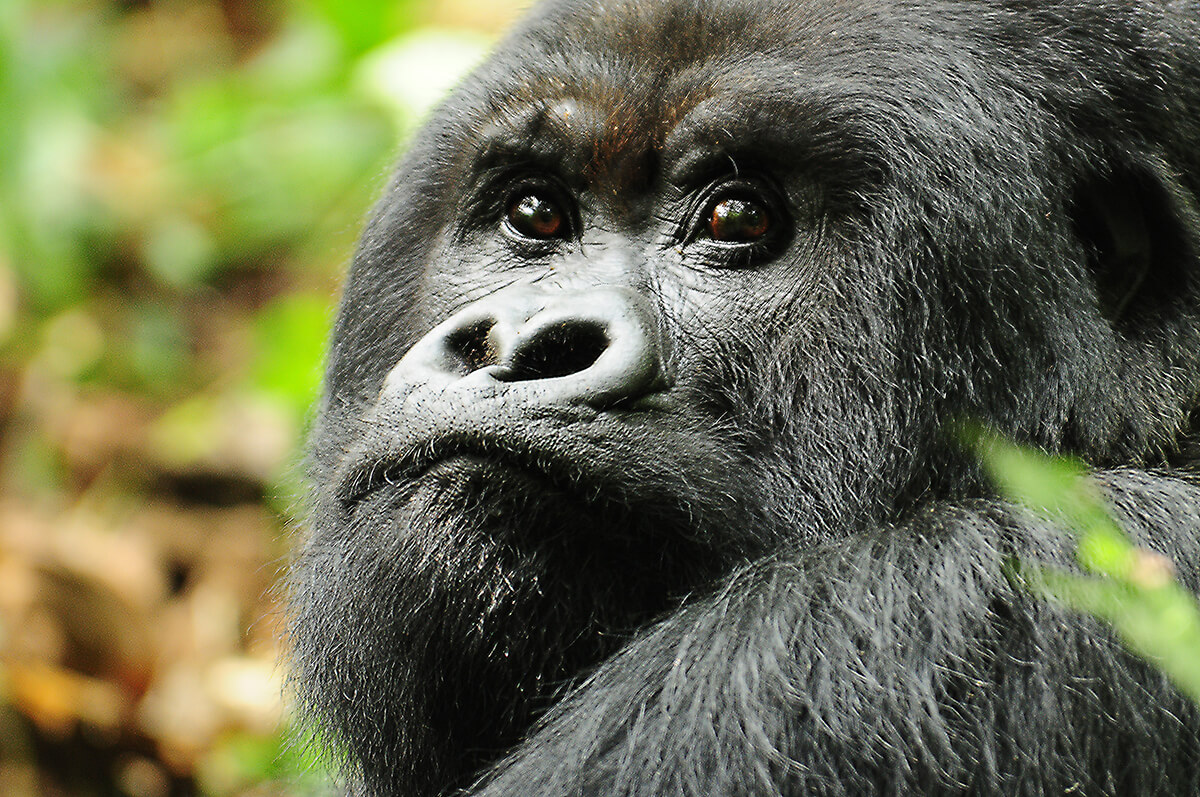
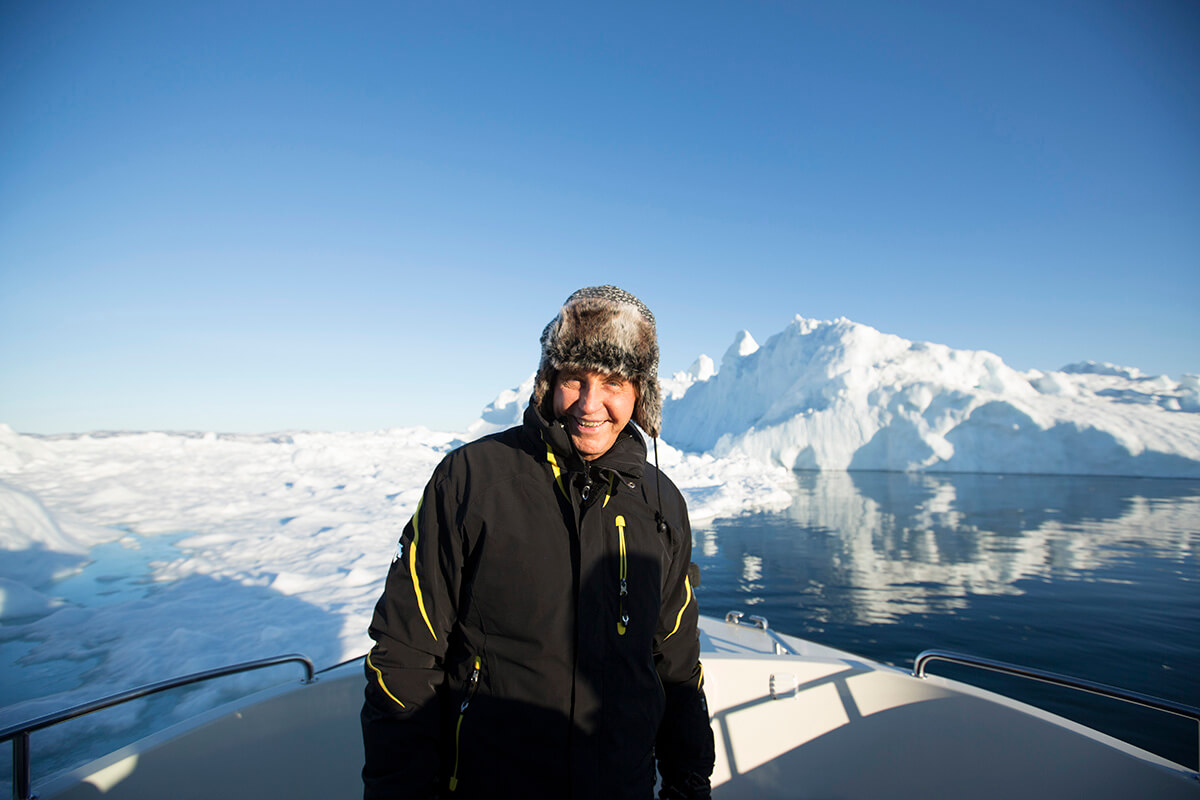
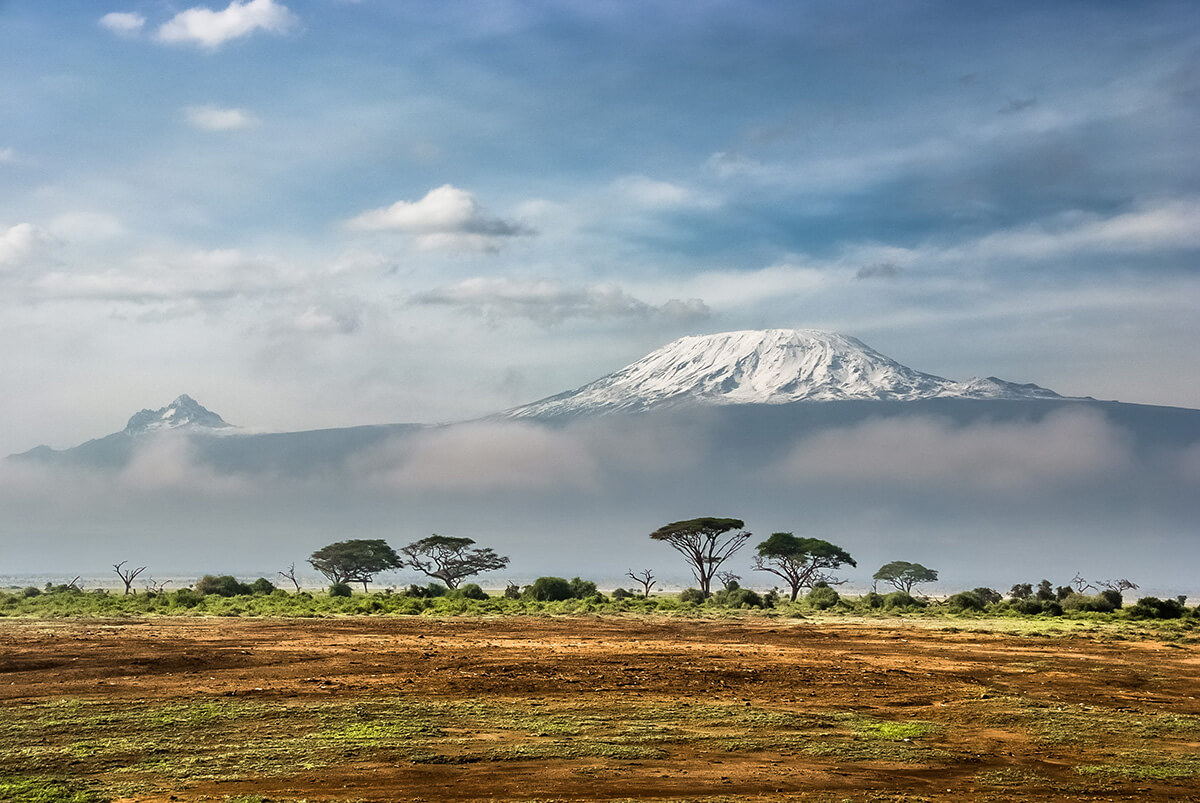
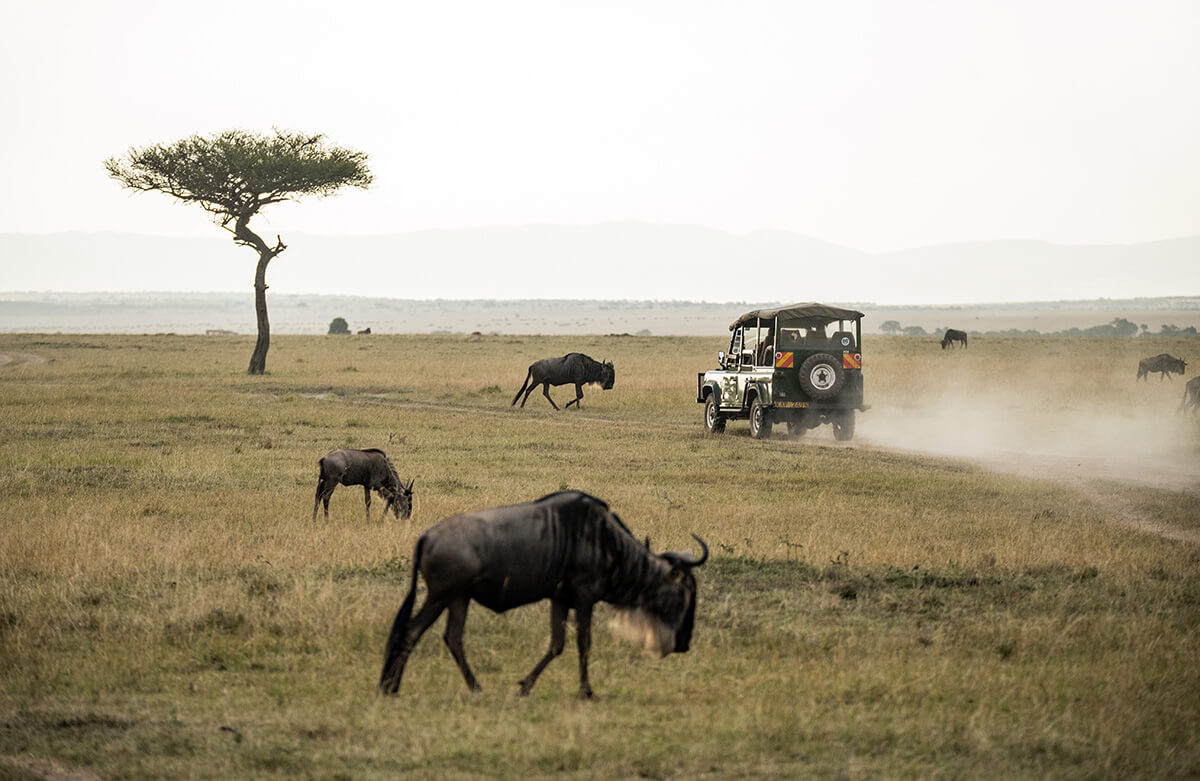
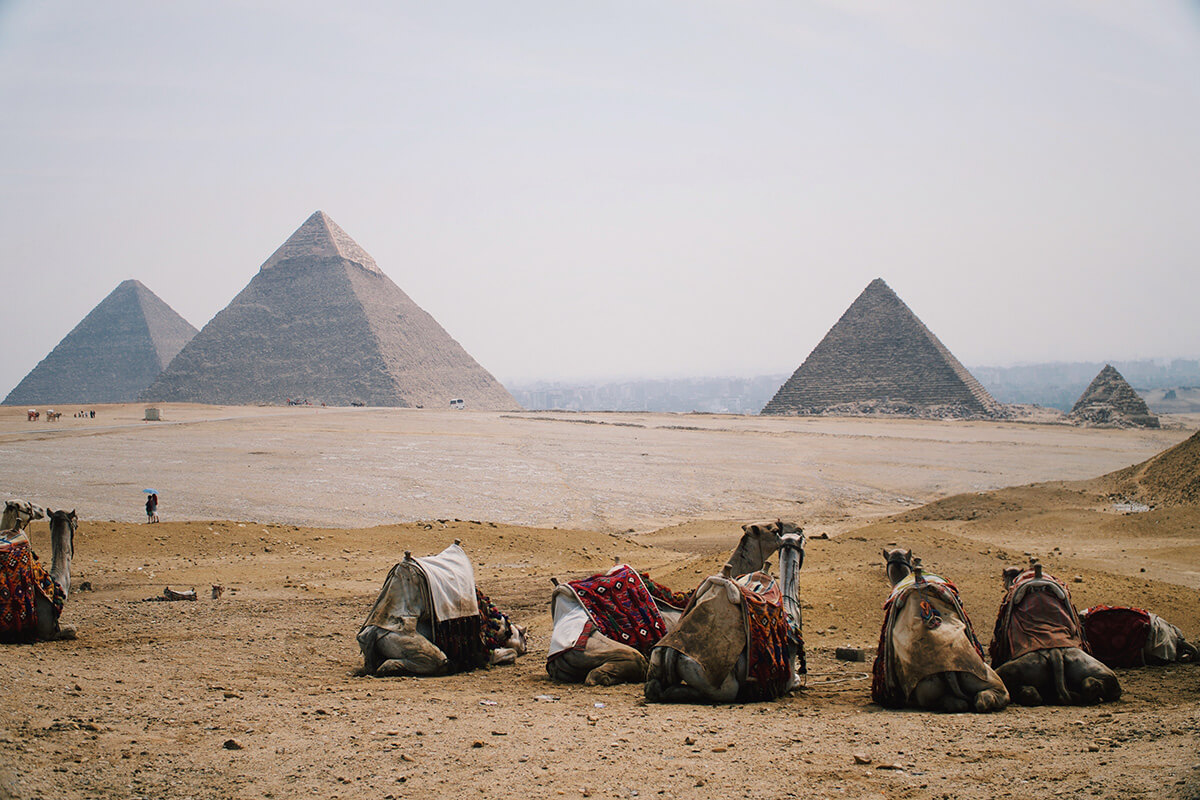





Recent Comments